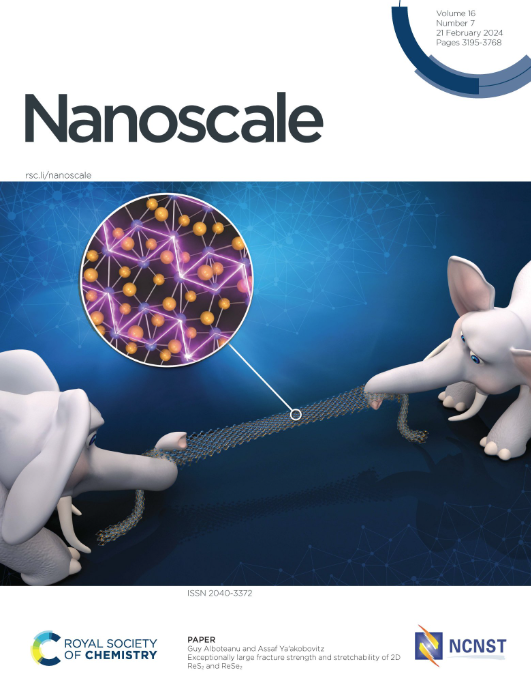Material selection, preparation, driving and applications of light-driven micro-nano motor: a review
IF 5.8
3区 材料科学
Q1 CHEMISTRY, MULTIDISCIPLINARY
引用次数: 0
Abstract
As an external energy stimulus, light possesses the advantageous qualities of being reversible, wireless and remotely maneuverable, while driving the motion of the micro and nano motors. Despite the extensive publication of articles on light-driven micro- and nano-motors (LDMNMs) over the past two decades, a review that addresses LDMNMs in general, from material selection, design, preparation, driving to applications, remains scarce. Therefore, it is necessary to highlight the superiority of light as a stimulating energy source for driving MNMs, as well as to promote the continuous development of LDMNMs and give newcomers a more basic and comprehensive knowledge in this field. This present review focuses on advanced preparation methods for LDNMNs, and provides a comprehensive comparison of the advantages and limitations of various techniques. In addition, general design strategies for building asymmetric fields around LDMNMs are introduced, as well as a variety of photoactive materials, including photocatalytic, photothermal, and photoinduced isomerization materials. The following section will describe in detail the existing propulsive mechanisms and kinematic behaviours of LDMNMs, involving photocatalytic oxidation, photothermal effects and photo-induced isomerization. The principles of the various drive mechanisms are also analysed in detail and their merits and shortcomings summarized. Finally, following a comprehensive review of the potential applications in biomedicine, environmental remediation and other fields, further perspectives on future developments are presented with a view to overcoming key challenges求助全文
约1分钟内获得全文
求助全文
来源期刊

Nanoscale
CHEMISTRY, MULTIDISCIPLINARY-NANOSCIENCE & NANOTECHNOLOGY
CiteScore
12.10
自引率
3.00%
发文量
1628
审稿时长
1.6 months
期刊介绍:
Nanoscale is a high-impact international journal, publishing high-quality research across nanoscience and nanotechnology. Nanoscale publishes a full mix of research articles on experimental and theoretical work, including reviews, communications, and full papers.Highly interdisciplinary, this journal appeals to scientists, researchers and professionals interested in nanoscience and nanotechnology, quantum materials and quantum technology, including the areas of physics, chemistry, biology, medicine, materials, energy/environment, information technology, detection science, healthcare and drug discovery, and electronics.
 求助内容:
求助内容: 应助结果提醒方式:
应助结果提醒方式:


